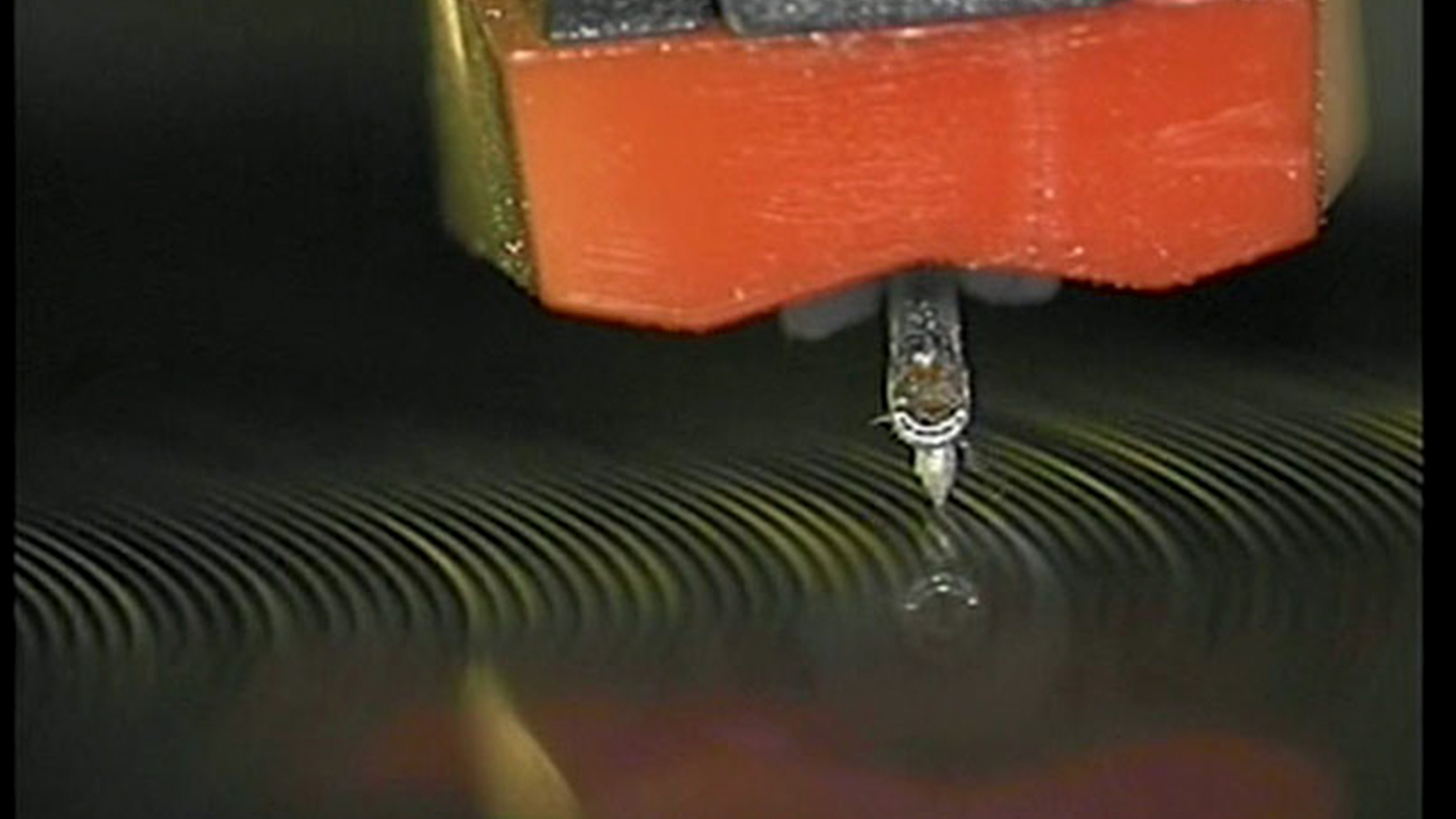
Self-transforming Machine Elves
Performative installation
In 1958, artist Bob Gysin raved about the transcendental state he had experienced when riding a bus past a long line of trees at sunset near Marseille: "An irresistible flood of supernaturally colored patterns of intense luminosity exploded behind my eyelids, a multidimensional kaleidoscope swirling through space. I was swept out of time," he writes in his diary. Above all, in collaboration with the scientist Ian Sommerville and William S. Burroughs, he created the Dreamachine, made from a cylinder of cardboard cut out and perforated, enclosing a light source and rotating on a plate at 78 revolutions per minute.
As a tribute to this dream machine, in 2019 Haroon Mirza, in collaboration with Siobhan Coen, then in residence at his studio "hrm199 Ltd.", designed the Dreamachine 2.0. In place of the DIY stroboscopic device - which many sensation-seekers have since reproduced, as testified by the many testimonials and tips on the net - they substitute computer-controlled LED lights and incorporate sounds at frequencies that correspond to the brain's electrical activity, following the advice of neuroscientists at Imperial College London.
During confinement, an online adaptation of the work (Dreamachine 1/0) was designed, with advice on how to use it.
For the Son Biennial, Haroon Mirza takes up this work in a performative version, which he names in reference to Terence McKenna (1946-2000). The American writer and philosopher saw psychotropic drugs such as DMT (derived from ayahuasca, an infusion used in tribal ceremonies in South and Central America) as the best vehicle for transdimensional travel. He claimed to encounter intelligent entities described as self-transforming machine elves.






